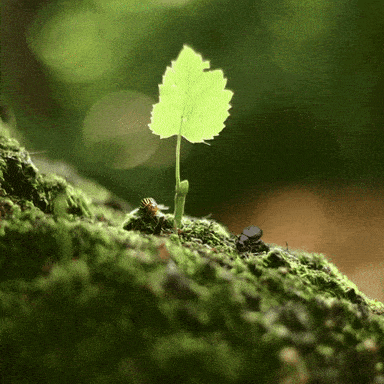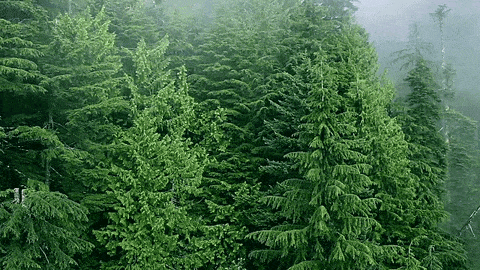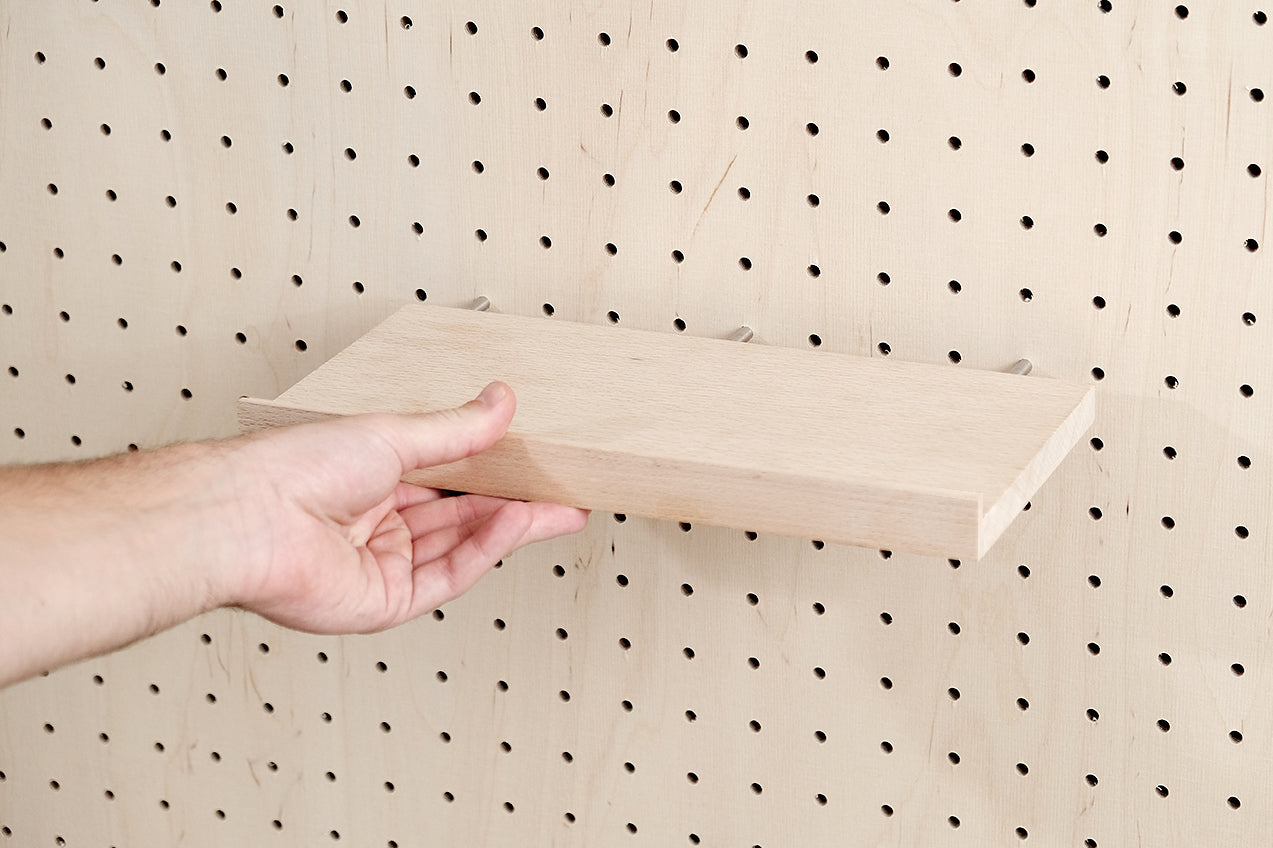The lungs of the planet, the forest is home to numerous animals and plants. Did you know that a handful of forest soil contains more living organisms than there are people on Earth? Faced with increasing deforestation, sustainable forest management is essential. The NGO PEFC has been working since 1999 to preserve the forests of France and the world.

What is sustainable forest management?
Developed at the Earth Summit in Rio de Janeiro in 1992, sustainable forest management is inspired by the concept of sustainable development , widely disseminated by the Brundtland Report. The Rio Declaration on Forests brings together international wishes and recommendations for sustainable forest management.
This concept of sustainable forest management establishes a vision for our forests, capable of providing people with the goods and services they expect without impacting their future. Through these conditions, we can hope to leave future generations an environment they can also enjoy.
In Europe, sustainable forest management must meet five criteria defined at the Helsinki conference (1993):
- Conservation and improvement of forest resources (maintenance of production capacities)
- Maintaining the health of forests and their good sanitary condition
- Satisfaction of the production function (wood and non-wood products)
- Respect for biodiversity in forest ecosystems
- Soil and water protection
Sustainable forest management is a global ambition, although not all countries implement it. In France, the Ministry of Agriculture, Agri-Food, and Forestry ensures its proper implementation.

Why is it necessary to manage forests sustainably?
A handful of forest soil contains more living organisms than there are people on Earth. This gives an idea of the biodiversity we need to protect.
Worldwide, forests cover more than 1/4 of the planet's land surface .
Two-thirds of all recorded terrestrial animal and plant species live in forests.
On Earth, 300 million people live in forests , and 1.8 billion depend directly on them for their livelihoods. A forest where several species coexist is more resistant to disease and climatic hazards.
A true carbon sink, forests store 30% of global greenhouse gas emissions.
Diversity is also beneficial to living organisms, both under the canopy of trees and in the soil. To protect or develop this biodiversity , it is important to take care of the soil by ensuring its supply of organic matter.

Forest biodiversity under threat!
Despite their crucial role, forests continue to lose ground : while in 1990 they covered approximately 4.128 billion hectares, in 2015 they only covered 3.999 billion hectares, or 30.6% of the land. Some 129 million hectares of forests —an area almost the size of South Africa— have been lost since 1990.
According to satellite data from the Food and Agriculture Organization of the United Nations, an area of Amazon rainforest the size of a football field is now cleared every minute . Deforestation can happen quickly, for example, when a fire sweeps across the landscape (as happened in Brazil) or when the forest is clear-cut to make way for a palm oil plantation.
While deforestation appears to be declining in some countries, it remains at worrying levels in others – including Brazil and Indonesia – and a serious threat to our planet 's most precious forests remains, according to WWF.

Concretely, what actions are being taken to achieve this?
The general idea is to preserve the existing capital of our forests by respecting two main rules:
- Do not cut more than the natural growth of forests;
- Replace adult generations of trees with young generations.
This requires a whole long-term planning system to know what to collect, where and when.
We can take the example of France: Each of the 17,000 French public forests has a management plan lasting 15 to 20 years. It establishes the guidelines, forest by forest, for the actions to be taken to comply with these rules over the long term.
More concretely, if we are not certain of recreating an adult forest behind the one we want to cut down, we will not cut it down!

In France, we plant little . We favor natural regeneration , which consists of accompanying natural seeding with seeds that have fallen from trees to the ground. When we have a carpet of young shoots on the ground that appears sufficiently dense, we then cut down the trees above to initiate a new cycle. In some cases, we are forced to resort to artificial planting: we first cut down all the large trees before installing young plants grown in nurseries.
Aire is committed to the development of sustainable forests
At Aire, we are committed to sustainable solutions. Our local and sustainable production strategy is at the heart of the creation of our Pegboards . At Aire, our development strategy contributes to the creation of an environmentally friendly and inclusive society.
We source wood exclusively from sustainably managed forests. Our production line is not PEFC certified due to the cost of obtaining certification. However, we place the utmost importance on the origin of our raw materials. We are therefore exploring all options available to us to integrate circular economy materials into our production line.

As you might expect, sustainable development is a priority at Aire! We are committed to supporting local stakeholders . Aire contributes to operational solutions to accelerate the implementation of the ecological transition across its territory and demonstrate that national objectives are achievable.
For companies that commit, it's about integrating all aspects of sustainable production into their businesses and daily practices. Let's bet that this type of business will become the norm of tomorrow.
A great bet... That of choosing responsible growth for your company.
At Aire , we are committed to a sustainable creative model. We feel the world is changing and we want to support it in a viable model for future generations.
Join the Aire universe by following us on Instagram . You'll discover the behind-the-scenes of this wonderful adventure!
See you soon


0 comments